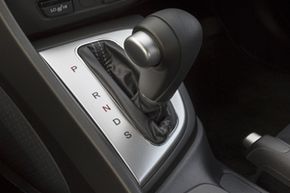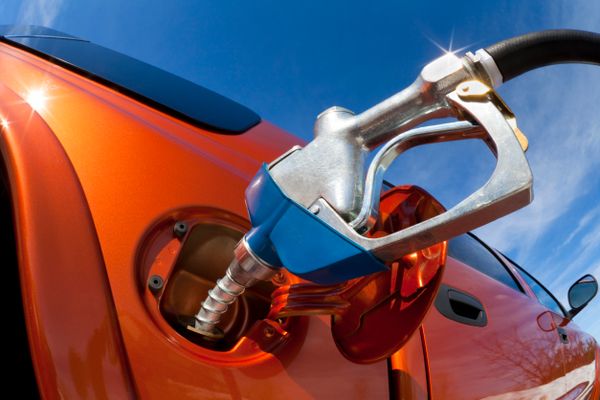When you're shopping for a new car, you want to get a well-priced vehicle that won't be too expensive to own. One of the biggest costs of owning a car is keeping it fueled. So, it makes sense that budget-conscious consumers go for cars with great fuel economy. If you want to save at the dealership as well as at the pump, the conventional wisdom is to choose a car with a manual transmission because they tend to have lower sticker prices and better fuel economy.
That just goes to show you how reliable conventional wisdom is. While manual transmissions used to be more fuel-efficient than automatics, some of today's automatic transmissions are changing that notion.
Advertisement
One thing that's helping automatic transmission catch up is the wider use of continuously variable transmissions (CVTs). Now, to be clear, the mechanics of CVTs differ from those of automatic transmissions, but for drivers, the operation is the same: You put the car in drive and go. Unlike manual and automatic transmissions, which have a fixed set of gears (and a fixed set of ratios), CVTs can continuously vary their gear ratios (hence their name) for maximum fuel efficiency. That helps them achieve better fuel economy when compared to a traditional manual transmission.
Traditional automatic transmissions can also beat manual fuel economy. Today's automatics tend to have more forward gears (those are gears that move the car forward, not in reverse) than manual transmissions do. Those extra gears help the engine deliver the same power to the wheels while working at a lower engine speed, which saves gas. Car makers have also gotten really good at working with the new technology in automatic transmissions to make them more efficient. Part of that is due to simple economics: Most cars sold in the United States are sold with automatic transmissions, and car companies are finding that they can pass the costs of developing new transmission tech on to their consumers, who will happily take it in exchange for vehicles promising better fuel economy. It helps as well that car companies are also having to meet stricter government-mandated fuel economy standards. That also helped drive (heck yeah, that pun is intended) the development of more fuel-efficient automatics.
So, why buy a manual-equipped car if you're not guaranteed better fuel economy? A manual transmission gives you a little more control over how hard your engine works and how much power gets to the wheels, so if that's something you want, go for the manual. If you think manuals make you look cool, you're right — and you should buy a manual. But if you want the best fuel economy, a manual transmission isn't always the best way to go.
Advertisement

